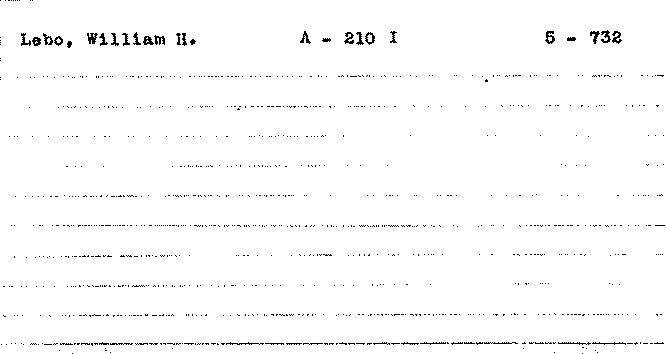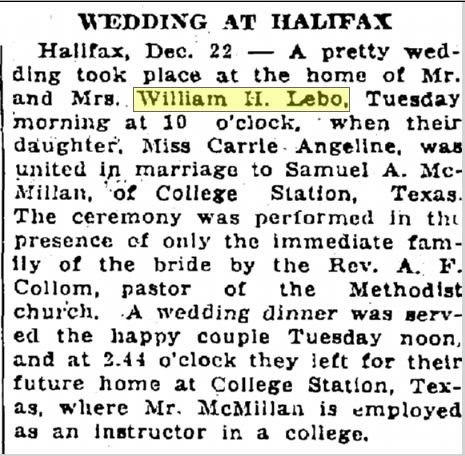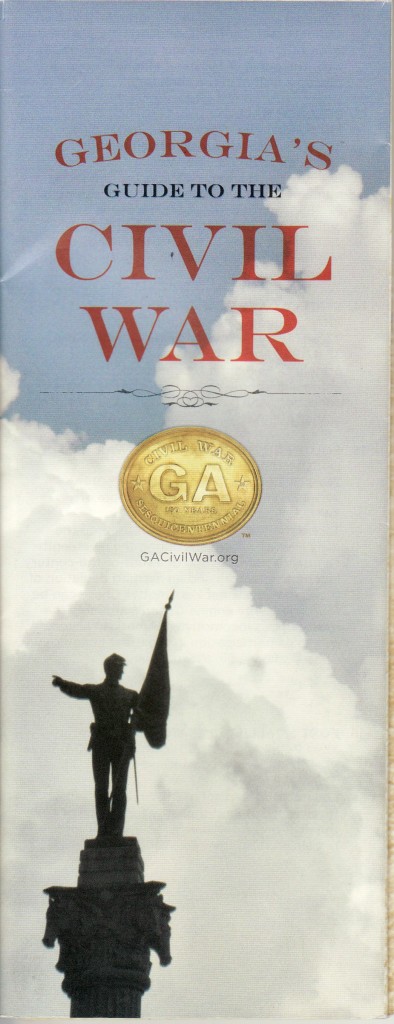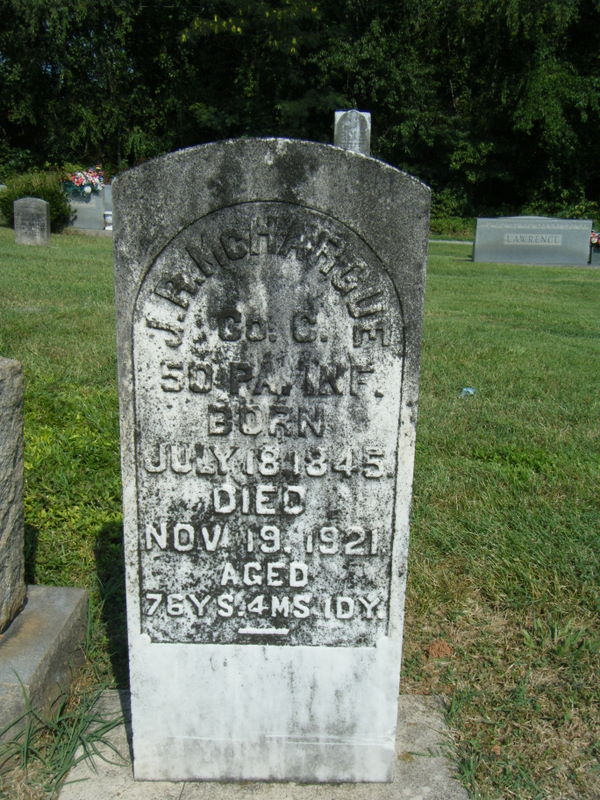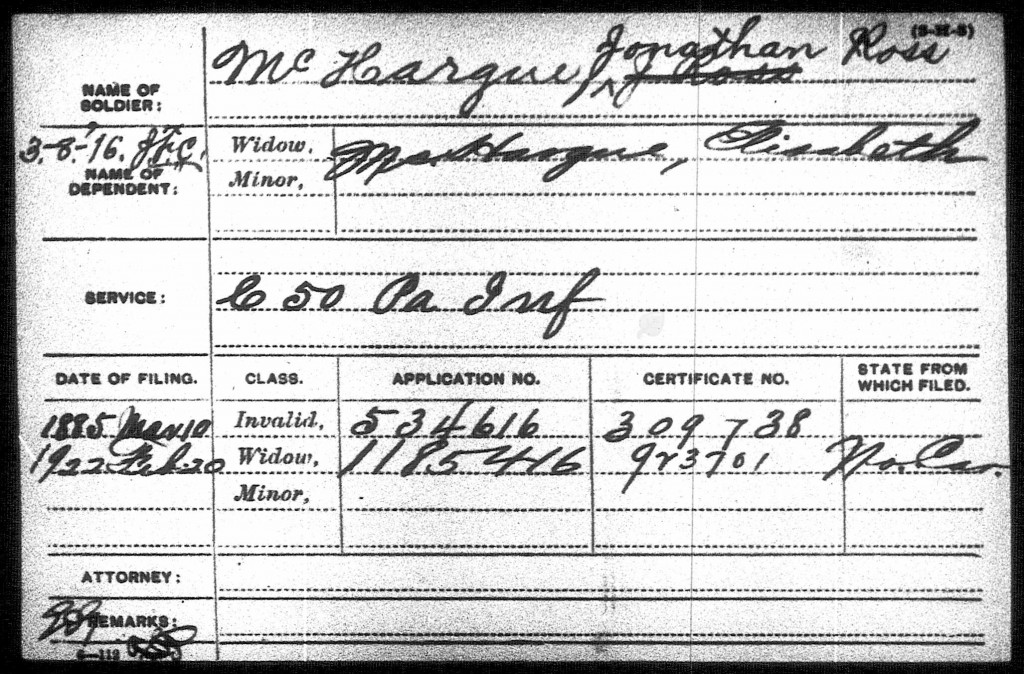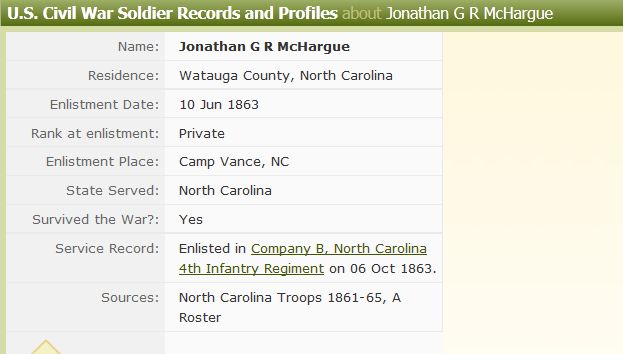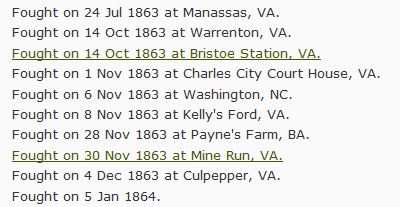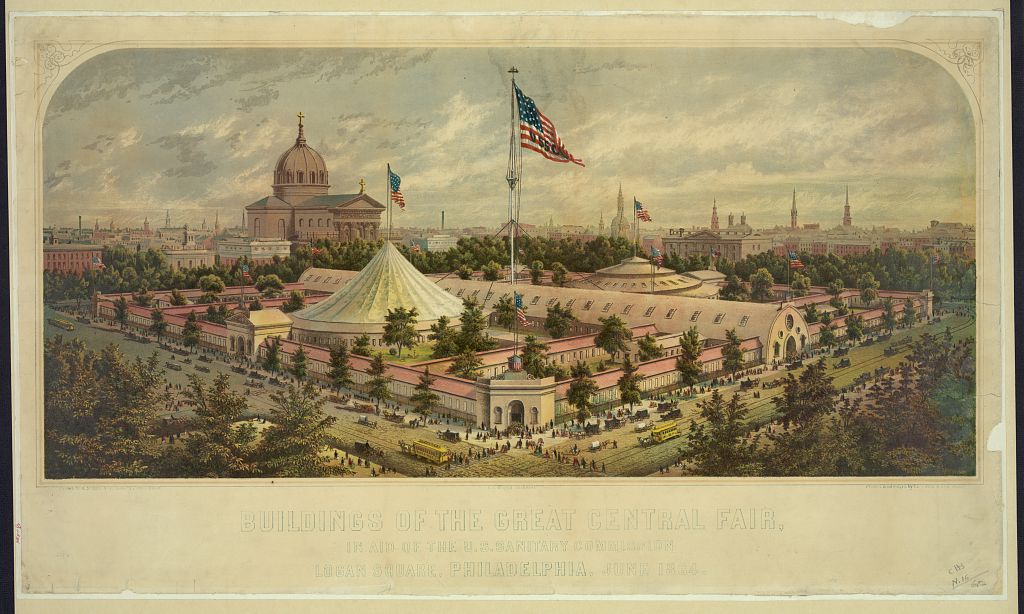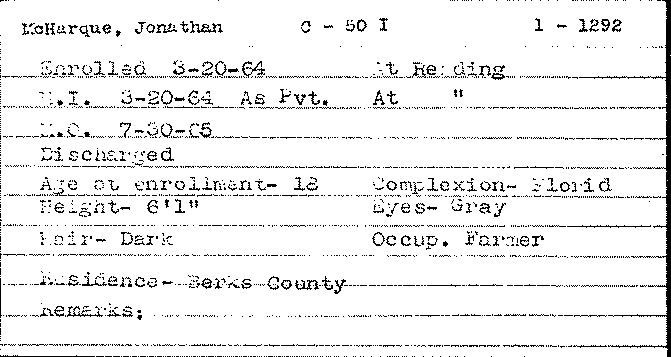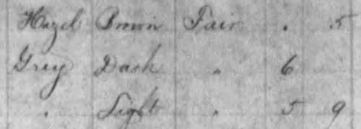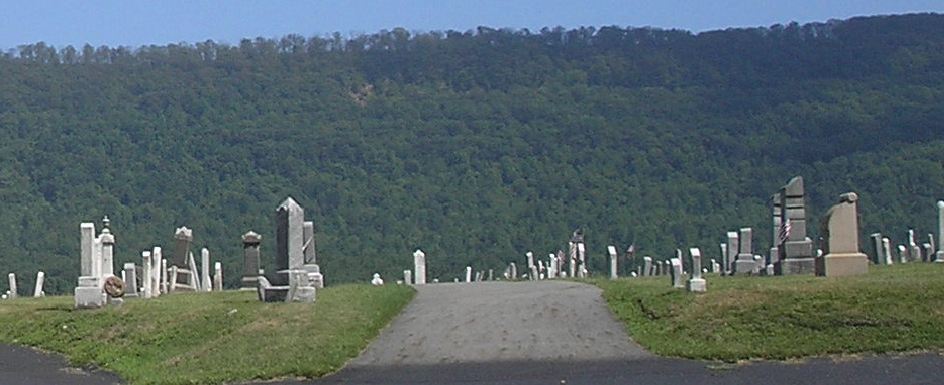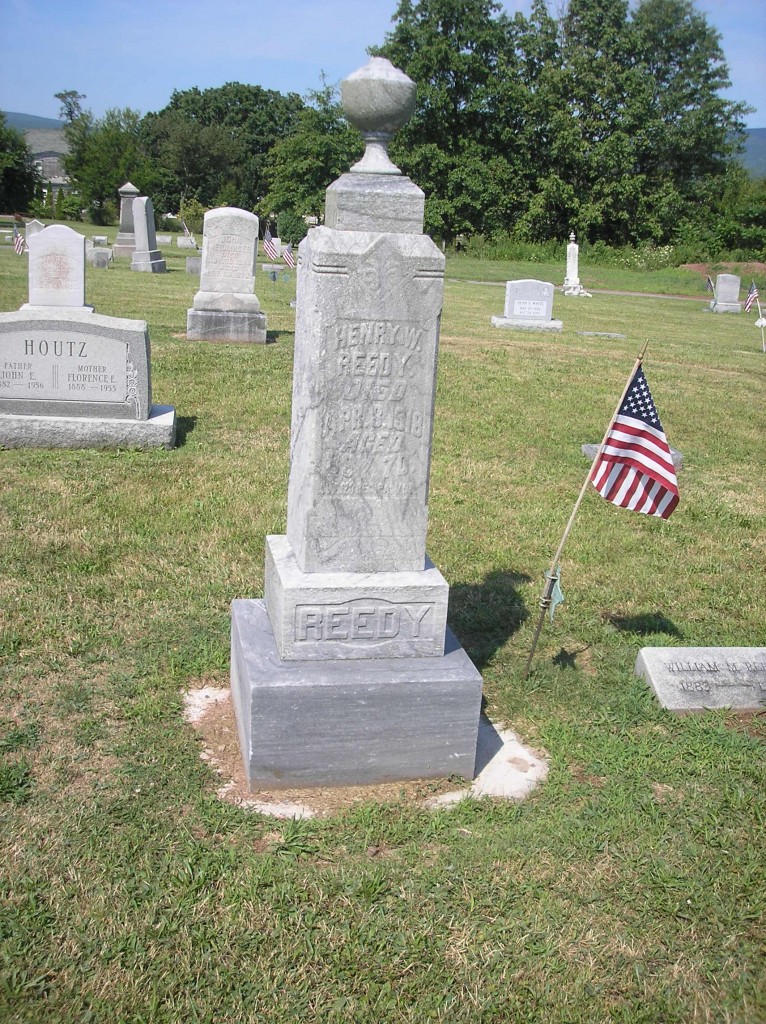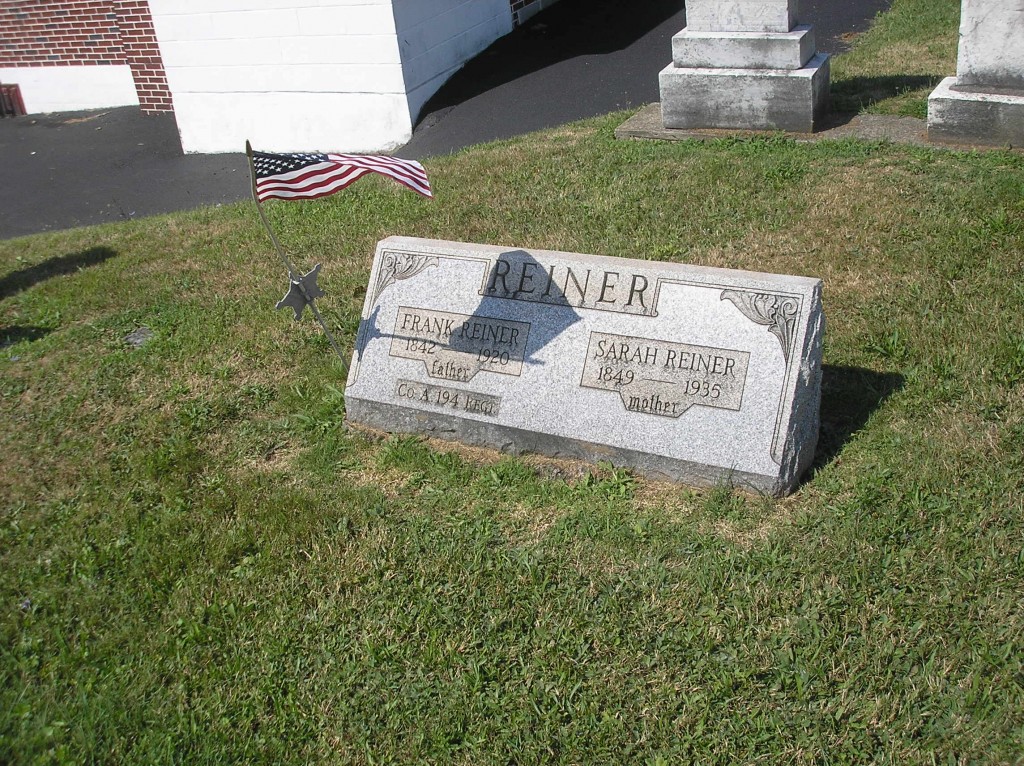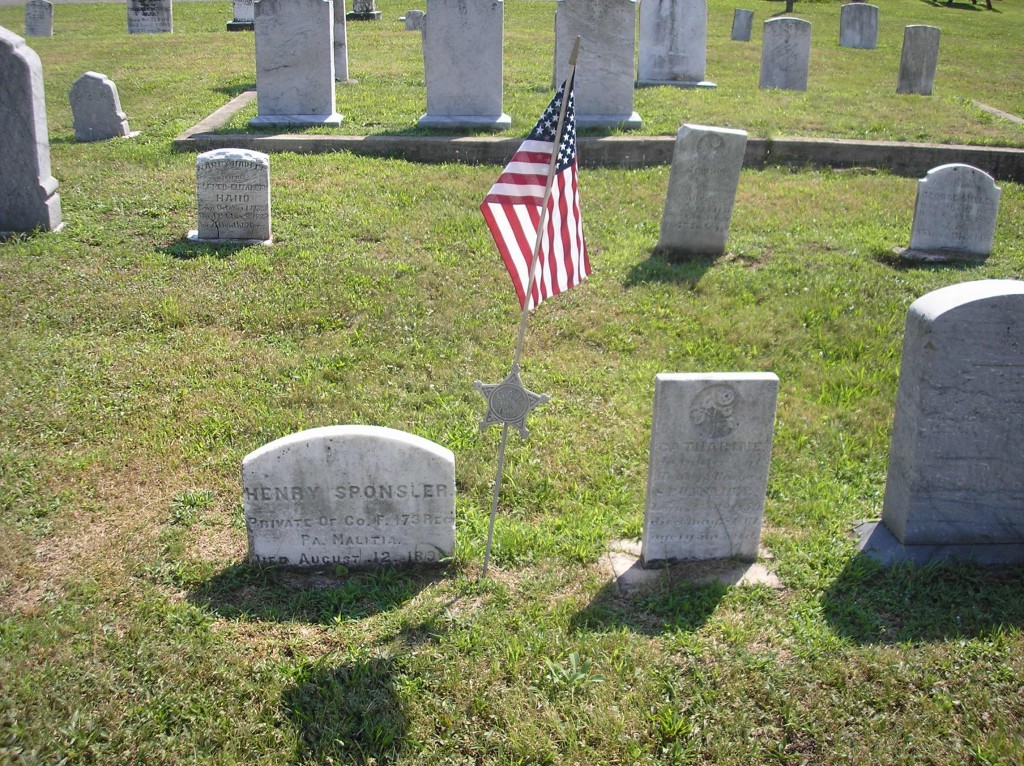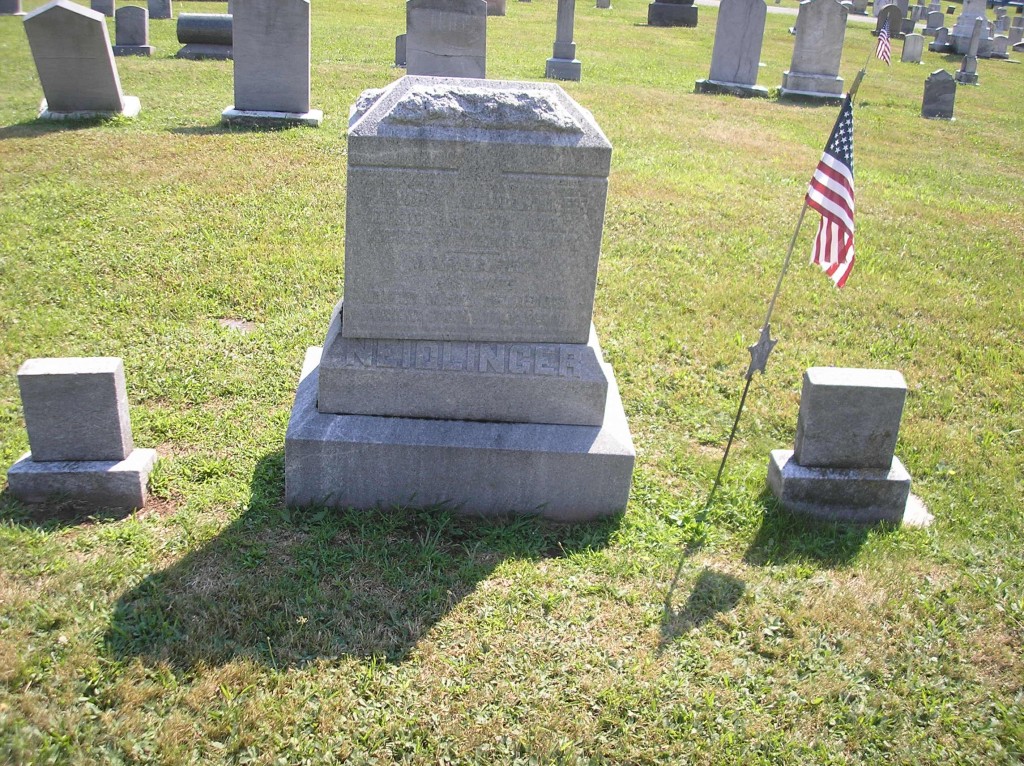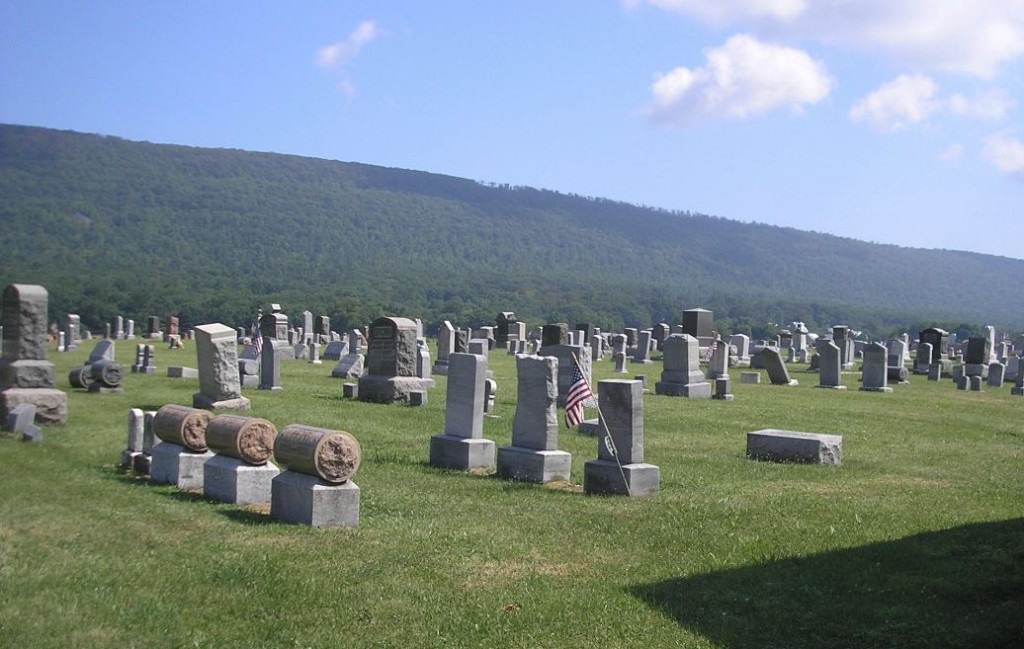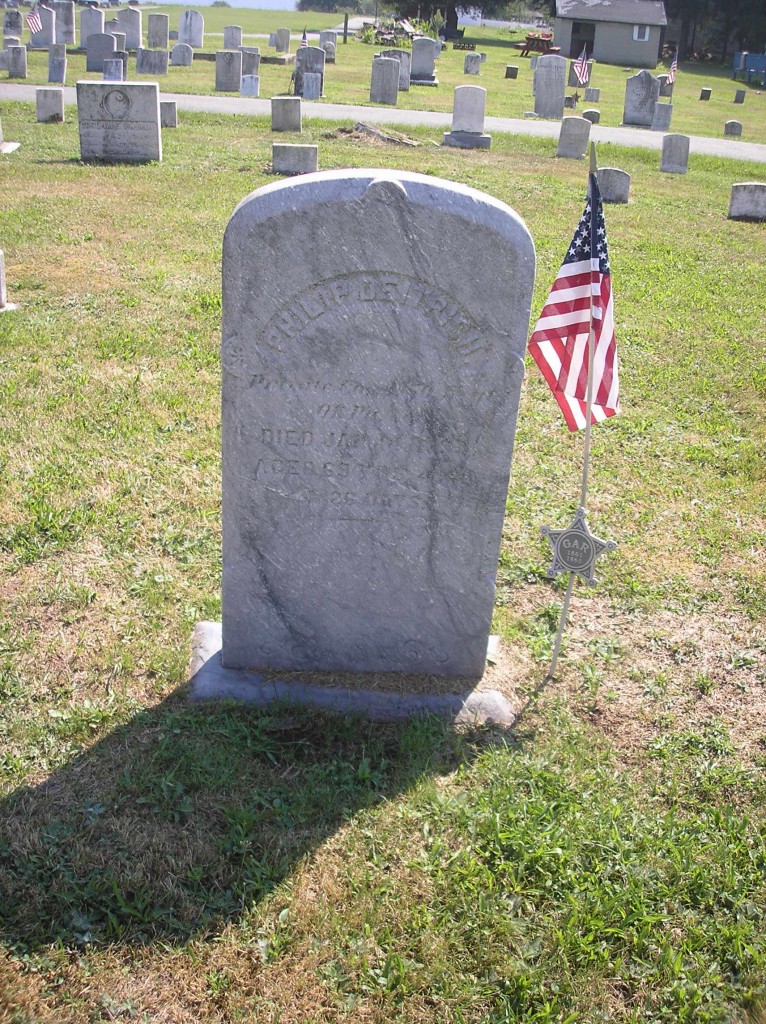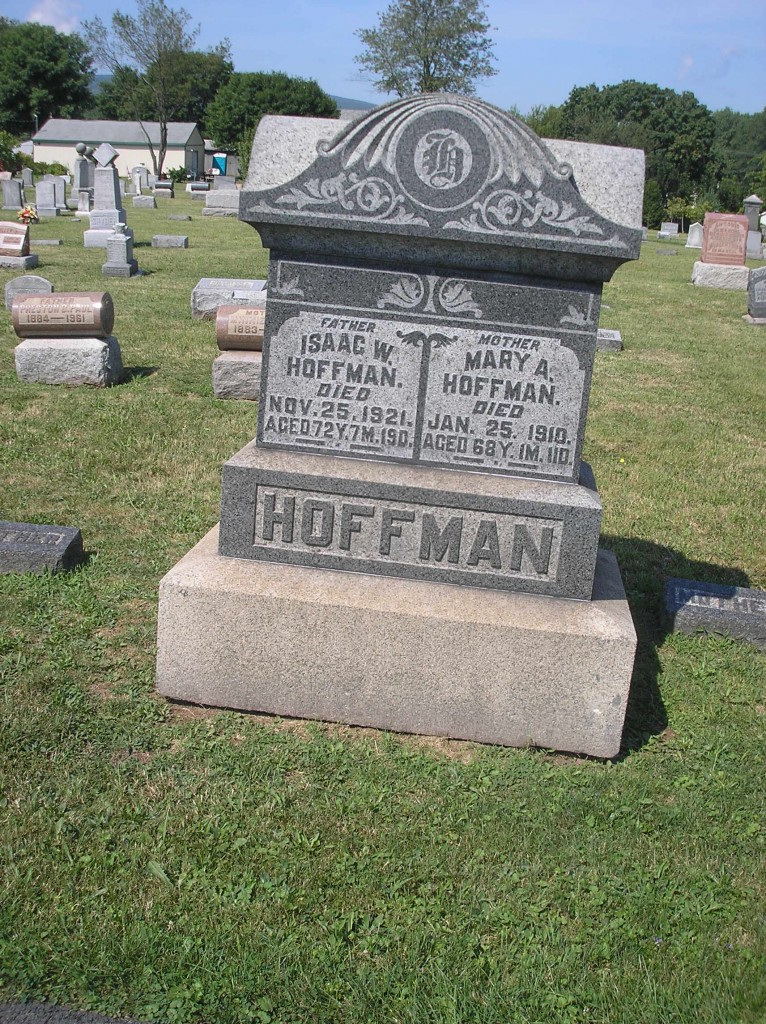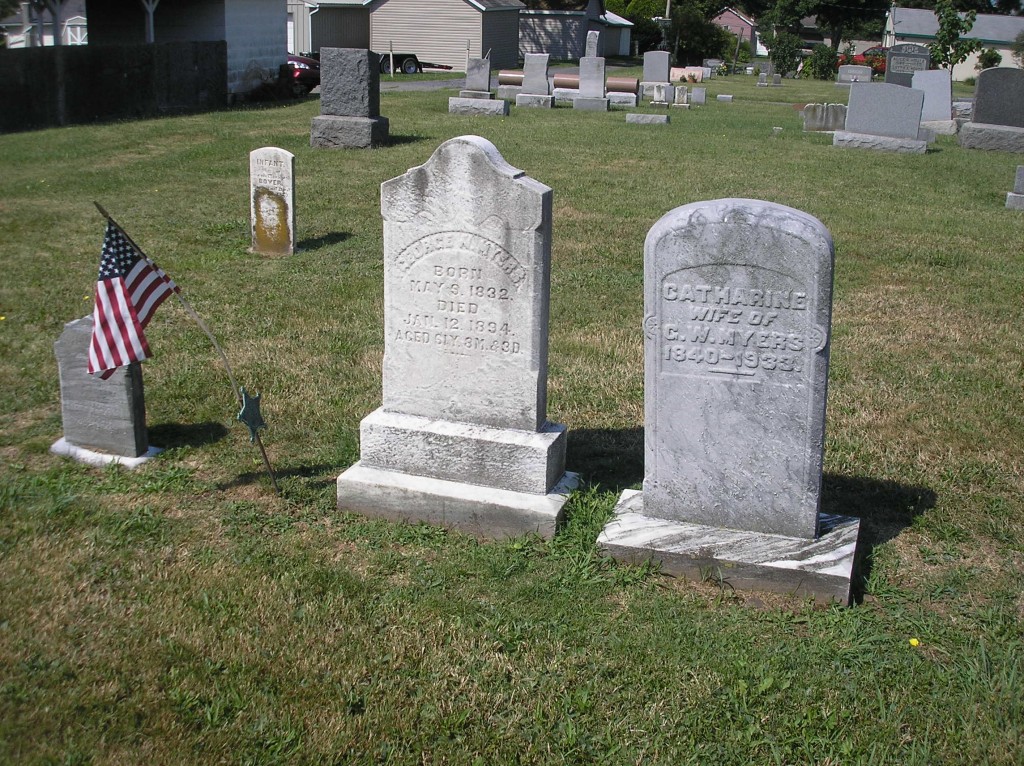William H. Lebo – Carpenter and Farmer
Posted By Norman Gasbarro on November 28, 2012
William H. Lebo (1841-1916) was a Civil War veteran from the Lykens Valley area who served in the 210th Pennsylvania Infantry in 1864 and 1865.
The following information is from Captain Enders Legion, a book that was previously reviewed here on this blog and currently still available from the Enders Family Association:
William H. Lebo enlisted 7 September 1864 at Camp Curtin, Harrisburg, Pennsylvania, in the 210th Pennsylvania Volunteer Infantry Regiment [210th Pennsylvania Infantry], Company A. He fought in numerous battles, such as Hatcher’s Run the Bellefield Raid, the Destruction of the Weldon Railroad, Dabney’s Mills, Gravelly Run and a final skirmish at Appomattox Court House. They were upon the front line to the last, the flag of truce proclaiming the Confederate surrender, passing through the lines of the Brigade in which it stood. During the three day battle at Gravelly Run, the regiment’s Commanding Officer, Colonel William Sergeant, was mortally wounded, while gallantly leading his command on 31 Mar 1865. Adjutant Morris Schlessinger, a scarred veteran and Captain John N. Hughes were also killed. Schlessinger, when found upon the battlefield, weakened by his wounds, exclaimed, “This is the death I have sought.” The regiment losses were 35 killed, 115 wounded and 150 missing. William H. Lebo marched in the Grand Parade in Washington and was mustered out May 30 with the rank of Private.
Very little information is found on the Pennsylvania Veterans’ Index Card (above) which is available on-line from the Pennsylvania Archives.
Further insight into the life of William H. Lebo can be found in the sketch that appeared in the Commemorative Biographical Encyclopedia of Dauphin County, page 1137, a copy of which is available on the web as a free download (click on title):
William H. Lebo, farmer, Wayne Township, was born in Mifflin Township, Dauphin County, Pennsylvania, 19 August 1841; son of Joseph Lebo and Sarah [Shepley] Lebo. The father was born in Upper Paxton Township. He was a shoemaker, and followed that occupation until 1849 when he came to Wayne, then Jefferson Township, and bought fifty acres of land to which he later added many more. He removed to Halifax Township and occupied a tract of twenty-two acres of land, on which he died in 1893; his first wife having died in 1860. His second wife was Mary Shepley, by whom he had no children. The children by his first wife are: Elsie Lebo, resides in Nebraska; Elmira Lebo, died in 1859; William H. Lebo; John Lebo, in Illinois; Samuel Lebo, deceased; Mary Lebo, in Harrisburg; Sarah Lebo, in Kansas; Charles P. Lebo, in Illinois; Susan Lebo, in Nebraska; Joseph Lebo, Wayne Township; and three children who died young.
William H. Lebo was eight years old when his parents removed to Wayne Township, where he received a common school education. He worked at home on the farm until he was eighteen years old, when he learned the trade of carpenter, and followed that occupation for twenty years or more, doing contract work at times.
In 1864 he enlisted at Harrisburg in Company A, 210th Regiment Pennsylvania Volunteers [210th Pennsylvania Infantry], in which he served until the close of the war, and was discharged at Arlington Heights in June 1865. He participated in the Battles of Hatch’s Run, Muddy Run, Gaines’ Mills, Five Forks, and was present at Lee’s surrender.
After his discharge from the Army, he resumed work at his trade, and followed that occupation until 1878, when he took up farming, and has been employed in agricultural pursuits since that date. He cultivates two farms, one of seventy-five acres and the other of eight-one acres, both in Wayne Township, and also owns twenty-six and a half acres of woodland. His first investment in land was the purchase in 1877 of the seventy-five acres which is his present homestead. He had previously lived for some years at Fisherville, Pennsylvania.
Mr. Lebo’s first vote for President was cast for Abraham Lincoln, and he has since adhered to the Republican Party. He was reared in the United Brethren Church. He is a member of Post No. 393, G.A.R. He was married, in Jefferson Township, 4 November 1869 to Miss Angeline Tobias. Their children are: Ellen Louisa Lebo, die aged seventeen months; Thomas Edwin Lebo, shoemaker, at Harrisburg, Pennsylvania; Daniel Tobias Lebo, a private in the United States Army at Fort Adams, Newport, Rhode Island; Frank Lewis Lebo, farmer, Halifax Township; Mary Alice Lebo and Harry Andrews Lebo, twins, Mary Alice married A. C. Koppenheffer, Halifax Township; Edward Morris, at home; Bella Elsie Lebo, at home; Katie K. Lebo, died young; William Joseph Lebo [also known as William H. Lebo Jr.], at home; James Lebo, died in infancy; Carrie Angie Lebo, at home; Sadie Estella Lebo, at home; Vergie Ann Lebo, died in infancy.
The connection of William H. Lebo to the Enders family is explained in Captain Enders Legion, page 116:
William H. Lebo and Angeline [Tobias] Lebo‘s son Frank L. Lebo married Esther Enders who was born 8 Dec 1885, daughter of Cornelius Enders and Harriet [Smith] Enders on 24 December 1919 in Enders, Pennsylvania. There were seven children.
In 1911, William H. Lebo of Halifax, filed a petition to run for Justice of the Peace as a member of the Keystone Party. The filing was reported in the Patriot, 8 September 1911. It is believed that he was unsuccessful in the election as no information has been seen to indicate that he served in that position. It is interesting, however, that running as a candidate on this third party, is an indication that William H. Lebo did not adhere solely to the principles of the Republican Party in the last years of his life as is mentioned in his biographical sketch (above). It is not known why he ran as a member of the Keystone Party. [Note: for a brief explanation of the Keystone Party’s role in the Election of 1910, see Wikipedia].
Another of the children of William and Angeline was married in private ceremony in Halifax in 1914 as was told in the Patriot of 23 December of that year:
WEDDING AT HALIFAX
Halifax, 22 December 1914 – A pretty wedding took place at the home of Mr. and Mrs. William H. Lebo, Tuesday morning at 10 o’clock, when their daughter, Miss Carrie Angeline Lebo, was united in marriage to Samuel A. McMillan , of College Station, Texas. The ceremony was performed in the presence of only the immediate family of the bride by the Rev. A. F. Collom, pastor of the Methodist Church. A wedding dinner was served the happy couple Tuesday noon and a 2:44 o’clock they left for their future home at College Station, Texas, where Mr. McMillan is employed as an instructor in a college.
William H. Lebo Jr., after the death of his father, was reported as injured in a Pennsylvania Railroad machine shop accident, 31 May 1922 (Patriot):
IRON DROPS ON FINGER
William H. Lebo, 42 years old, of 532 Curtin Street, employed as a machinist for the Pennsylvania Railroad, suffered a fractured finger yesterday when a bar of iron dropped upon it.
William H. Lebo‘s invalid pension application was submitted in January 1891 as is shown by the Pension Index Card below. The pension he received was applied for by his widow in 1910, Angeline [Tobias] Lebo, and she received his benefits until she died in 1924. The application numbers on the card reference the complete files that are available at the National Archives in Washington, D.C.
William H. Lebo died on 6 February 1916 and is buried in the Halifax United Methodist Cemetery. Previously, in a series of posts on that cemetery, the grave of William H. Lebo was not included.
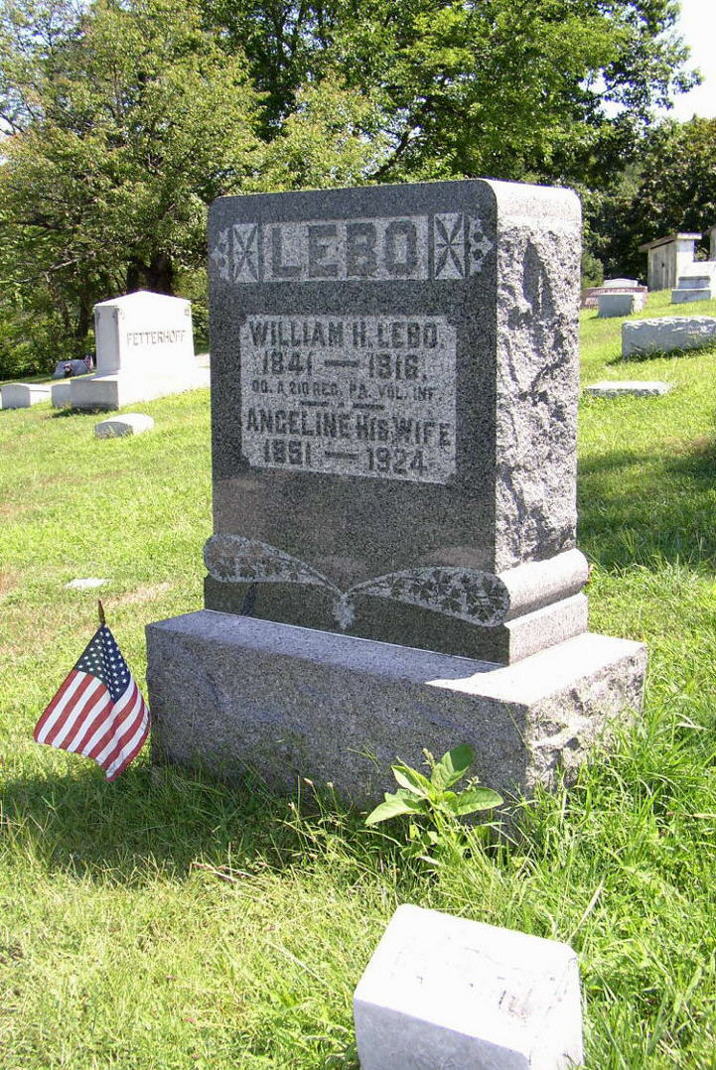
More information is sought on William H. Lebo, his military service and genealogy. Of particular interest are pictures and stories. Comments can be added to this post or can be sent via e-mail to the Civil War Research Project.
—————————–
The portrait of William H. Lebo was cropped from a picture of three Civil War soldiers in the 210th Pennsylvania Infantry (Lebo, Samuel W. Sheesley, and William H. Sheesley) which is available in the files of the Project. The Pennsylvania Veterans’ File Card is from the Pennsylvania Archives. The Pension Index Card is from Ancestry.com. News article are available from the on-line resources of the Free Library of Philadelphia.
 ;
;

